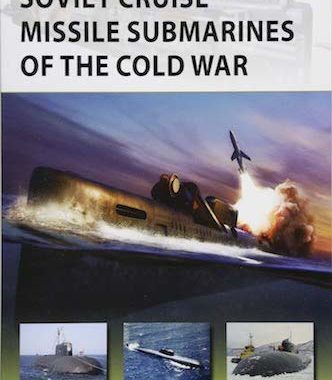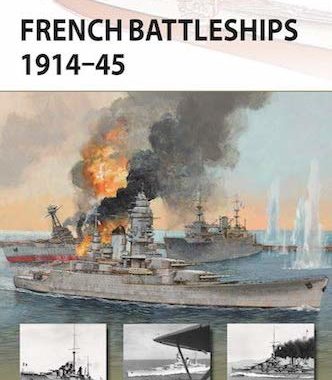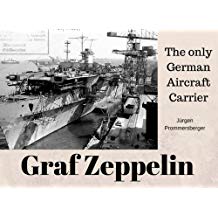Battle for the Baltic Islands 1917
Immediately before and after the outbreak of the First World War, Britain seriously considered sending its fleet into Heligoland Bight and seizing an island base off the German coast – Borkum perhaps. The goal was to force the German fleet out to fight, or bottle it up with mines, submarines and destroyer flotillas, instituting a







